Among the most exotic locations for an ISDE World Congress was Kyoto, the site of the 5th World Congress (Figure 1). This meeting was hosted by Congress President Prof. Kin-ichi Nabeya (Figure 2), and the ISDE President was Prof. David Skinner in August 1992. Attendance was 650 strong, representing 45 countries. Submitting abstracts numbered over 500, representing 32 countries. The attendees and accompanying persons enjoyed the beauty and culture of Kyoto immensely (Figure 3). Side trips included a visit to an old capitol of Japan, Nara, and many attendees tried out a traditional ryokan (bed and breakfast) to experience what life was like a century or more before. ISDE milestones marked during this Congress included incorporation of the journal Gullet, edited by Prof. Glyn Jamieson, into Diseases of the Esophagus, and Prof J. Rudiger Siewert succeeded Prof Sergio Stipa as journal editor. The Congress proceedings were published by Springer as Recent Advances in Diseases of the Esophagus, edited by Profs. Nabeya and Hanaoka and Dr. Nogami (Figure 4), which included over 1,000 chapters covering all aspects of esophageal disease.
The 6th ISDE was held in the international design capital of Milan, Italy, in August 1995. The ISDE President was Prof. Skinner, and the hosts were Congress President Prof. Alberto Peracchia (Figure 5) and his colleague, Prof. Ermanno Ancona. The program was outstanding, including 51 invited lectures, 365 oral abstracts, 108 posters, 68 videos, and a memorable lecture by Mr. Ronald Belsey on the history of clinical esophagology. Over 750 attendees represented nearly 40 different countries. Interest was expressed in encouraging broader membership outside of surgery, and appropriate changes were made to the constitution and bylaws to permit this. The social program was highlighted by regional dress (Figure 6) and, of course, by operatic music (Figure 7). The proceedings were published as Recent Advances in Diseases of the Esophagus, containing more than 1,100 pages divided into 20 sections and including more than 700 authors. It was edited by Peracchia, Rosati, Bonavina, Fumagalli, Bona, and Chella.
Figure 1. The announcement for the 5th ISDE World Congress.
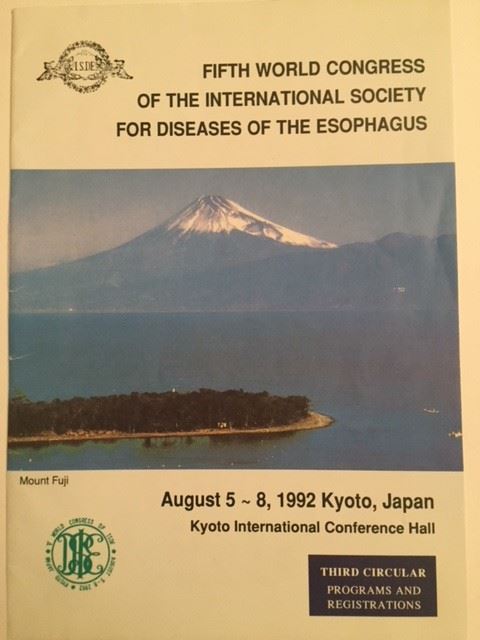
Figure 2. Prof. Nabeya, his wife, and Prof. Toni Lerut at the 5th ISDE World Congress.

Figure 3. Social events included learning traditional flower arranging.
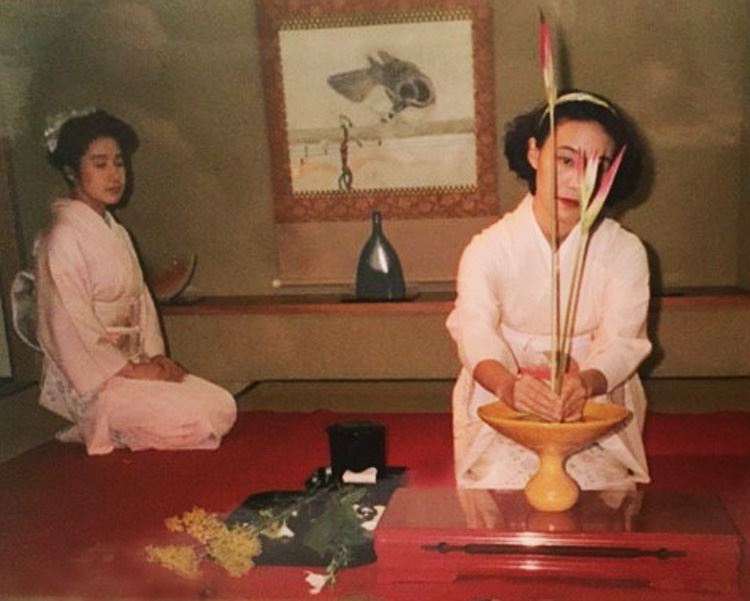
Figure 4. Recent Advances in Diseases of the Esophagus was published based on proceedings of the 5th ISDE Congress.
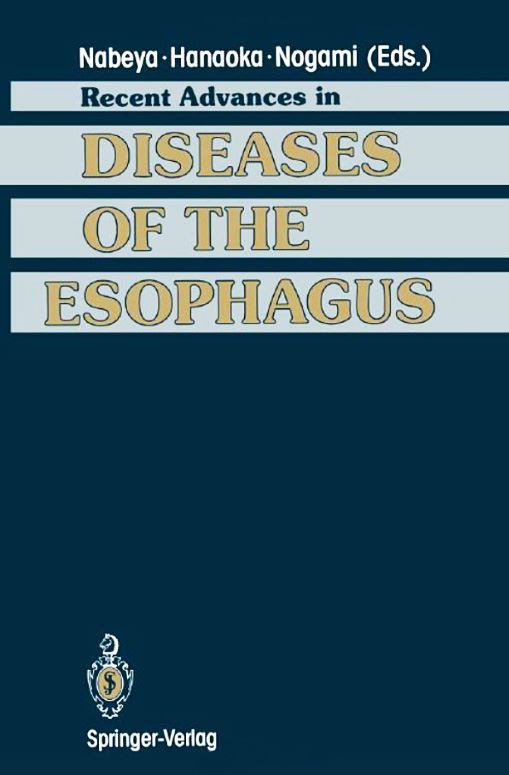
Figure 5. Prof. Peracchia, President of the 6th ISDE World Congress.

Figure 6. Prof. Peracchia greeting by city officials during the opening ceremonies.
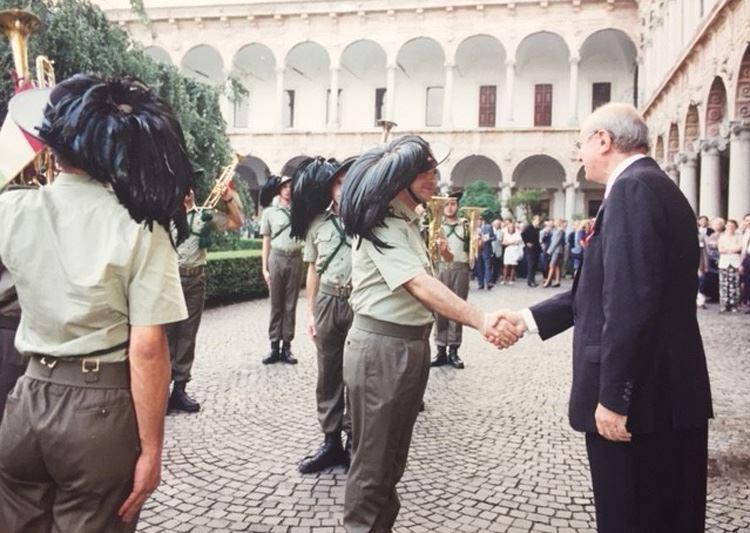
Figure 7. An enthusiastic rendering of a favorite Italian operatic piece.
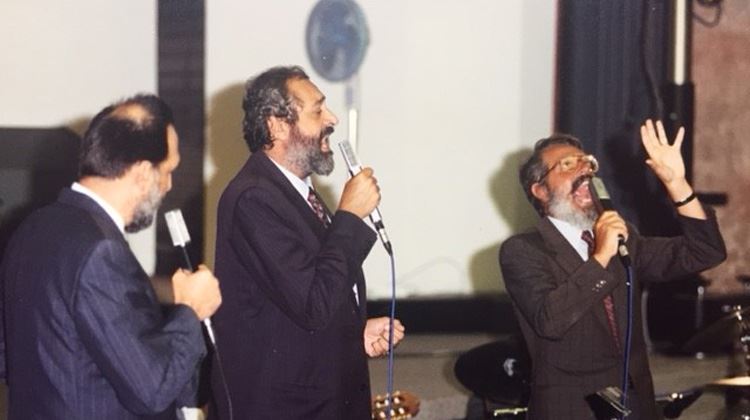
.png)